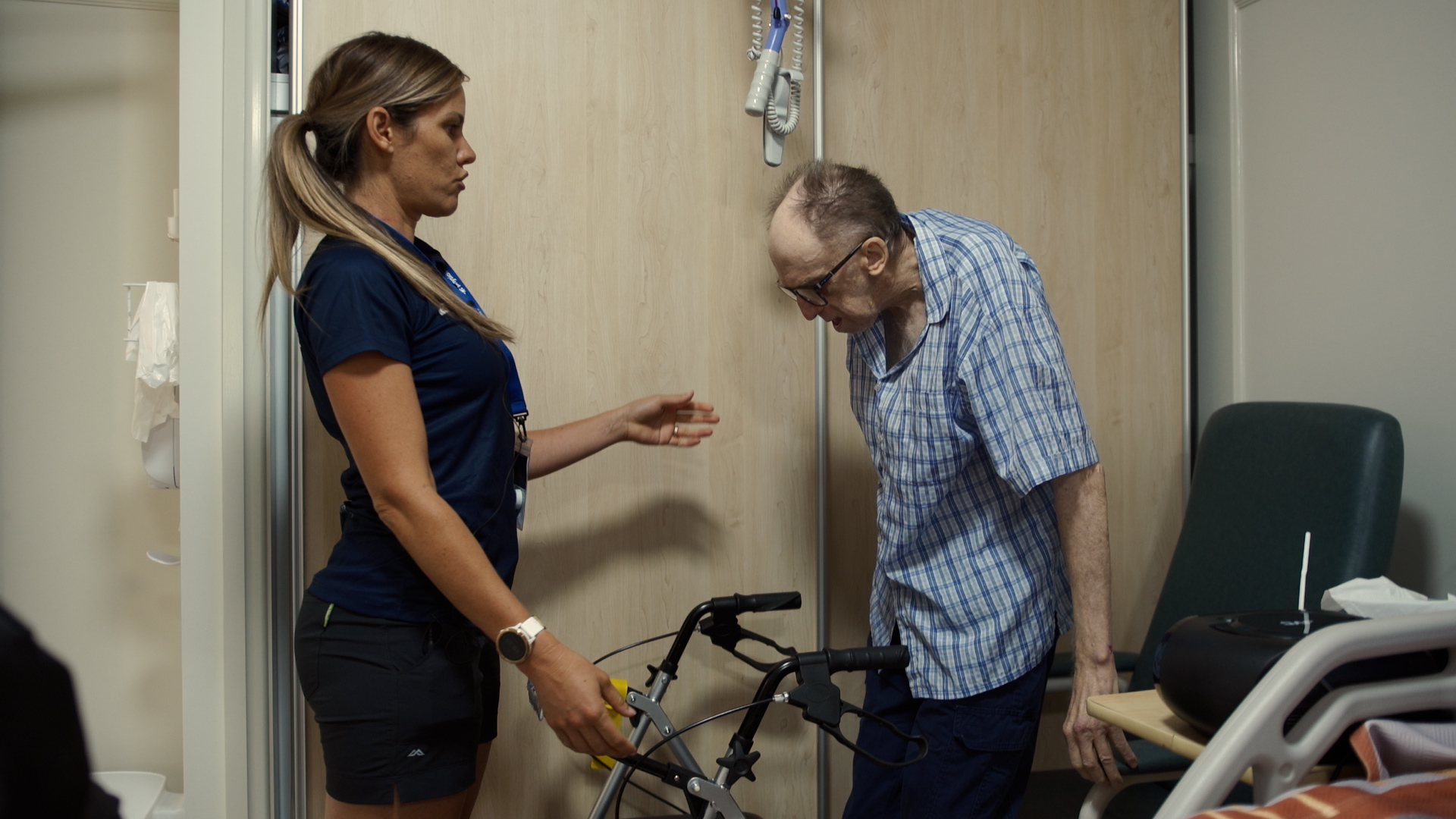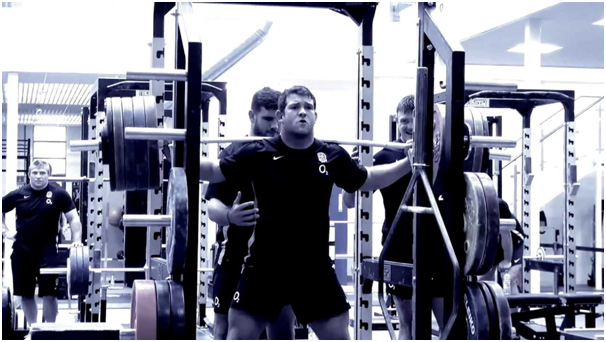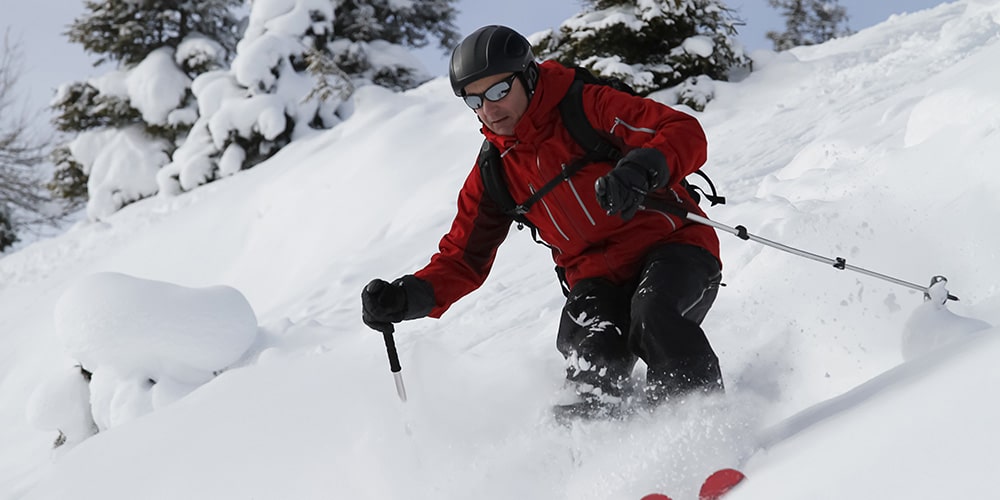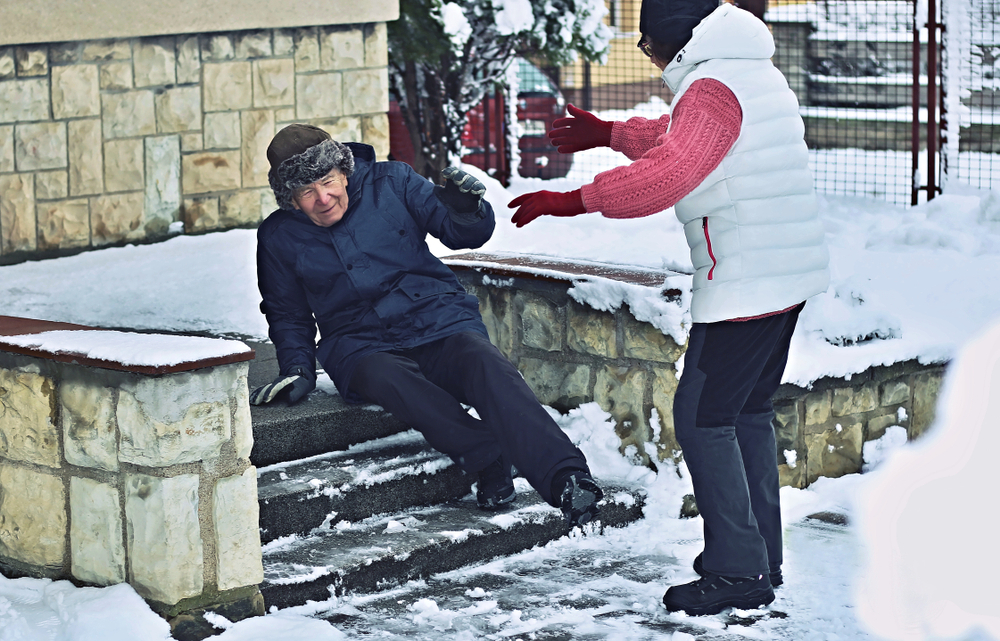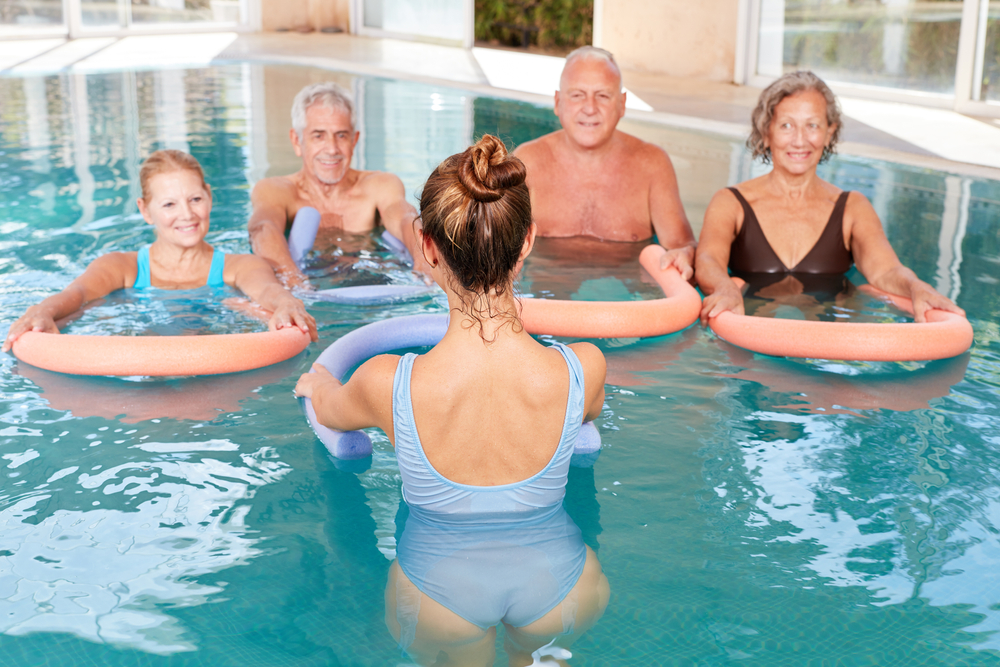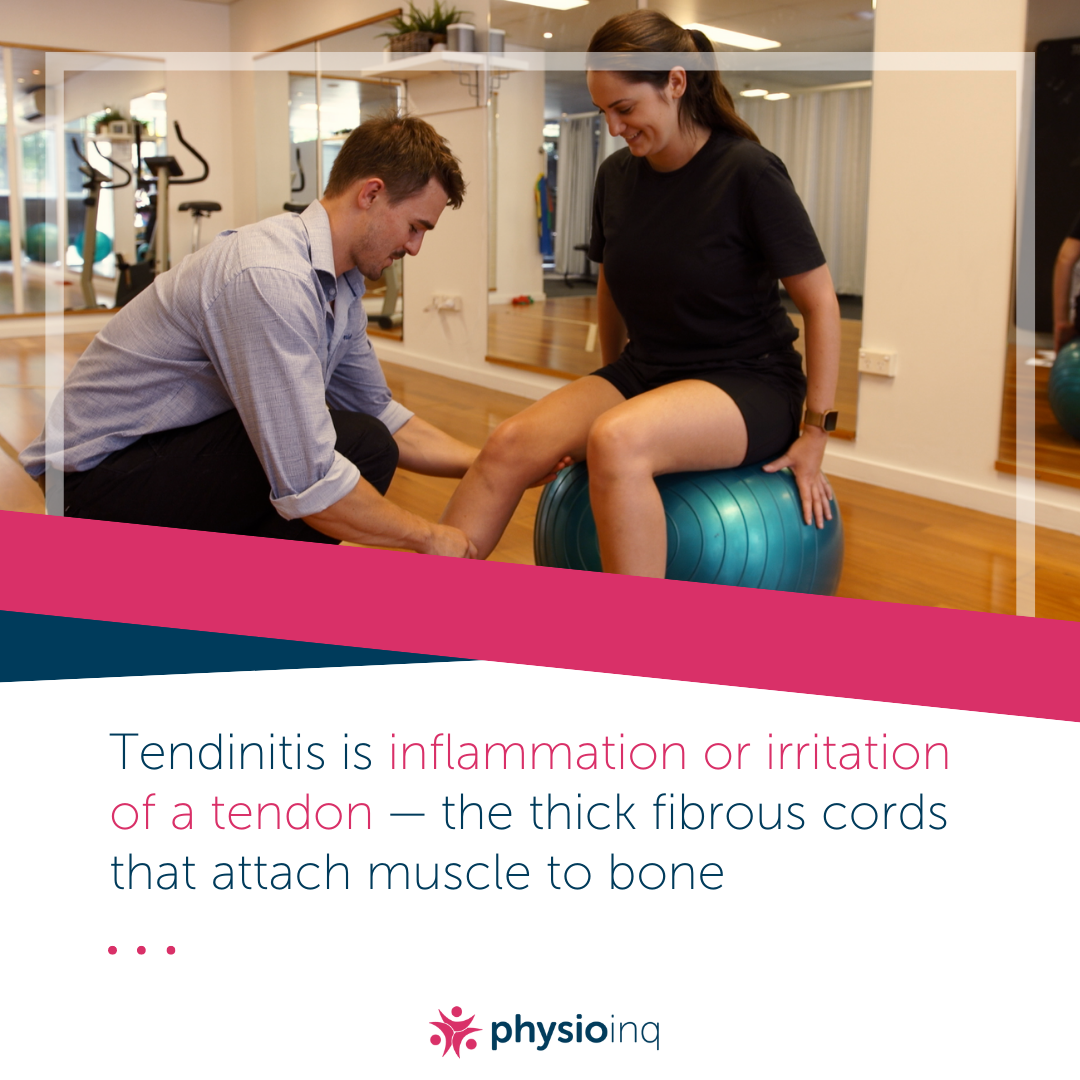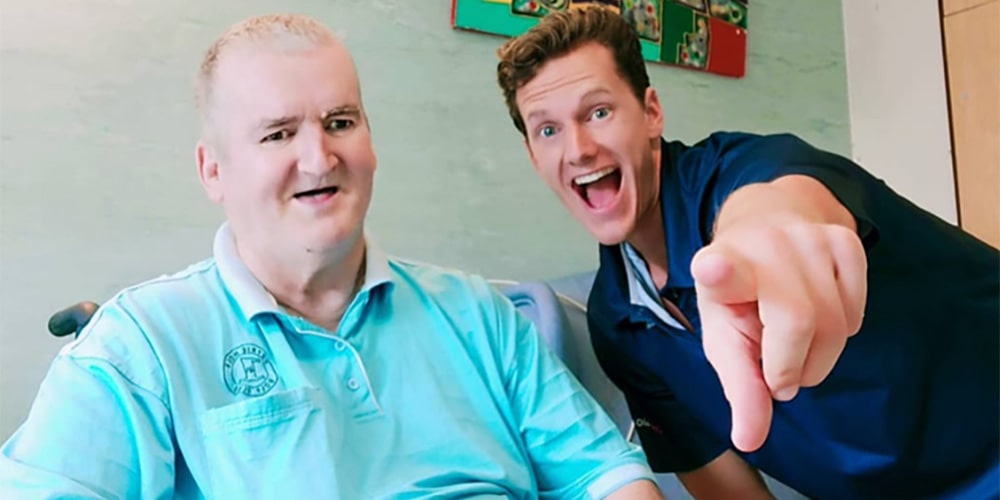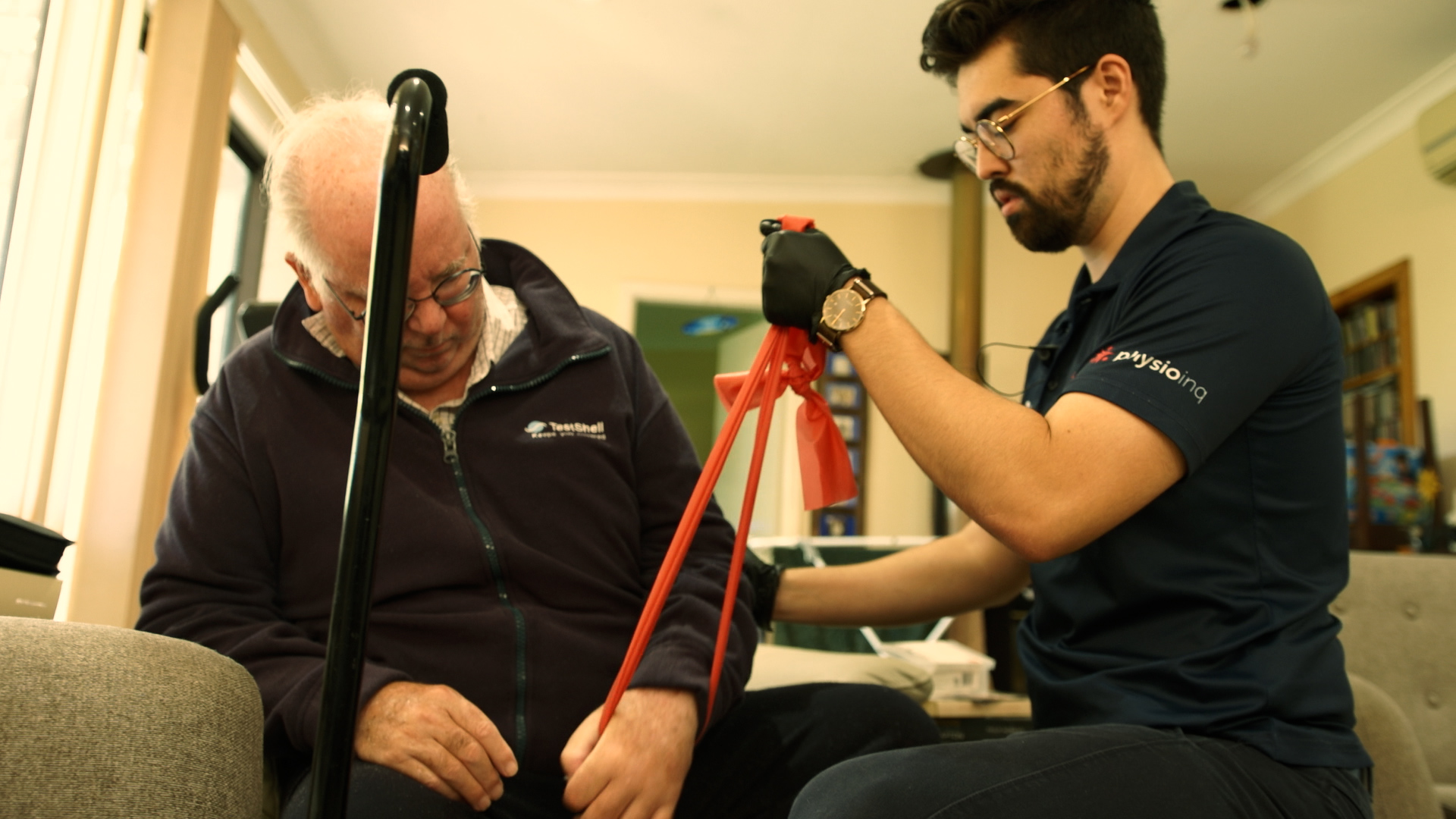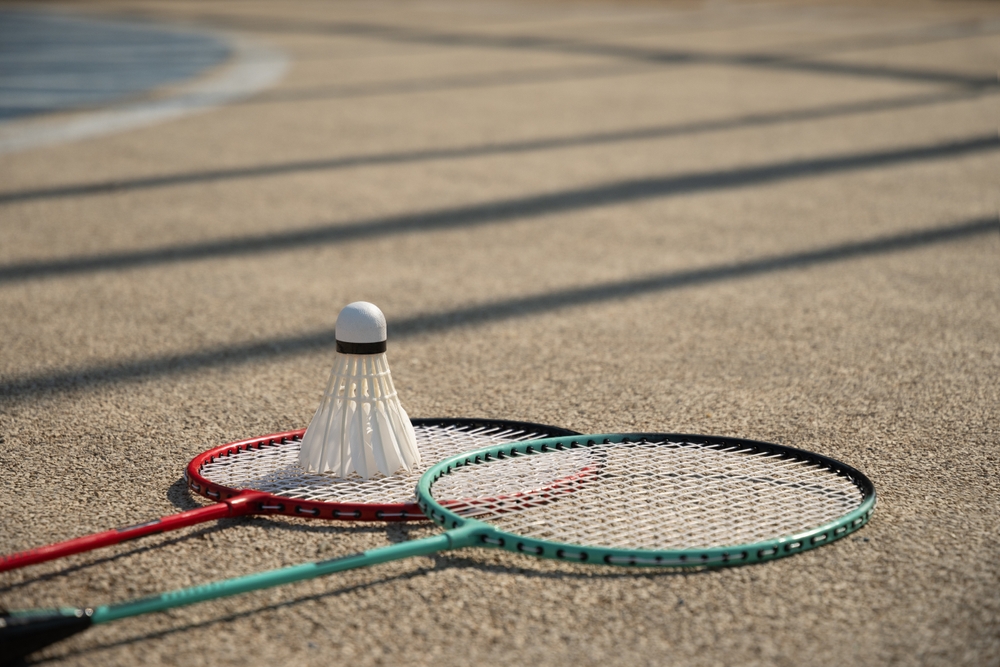Make an Appointment
A torn ACL – the anterior cruciate ligament at the front of the knee – is one of the most common and challenging injuries faced by athletes. It can happen in fast-paced sports like soccer, rugby, netball, or football, often during sudden stops, pivots, or awkward landings.
But, what happens after you tear your ACL? Can you still play sport? Will you need surgery? And if you do have surgery, how long will it take before you can safely return to the field, court, or gym?
In this article, we’ll explore how ACL injuries occur, treatment options, surgery pros and cons, recovery timelines, and proven prevention strategies to help you stay active and protect your knees.
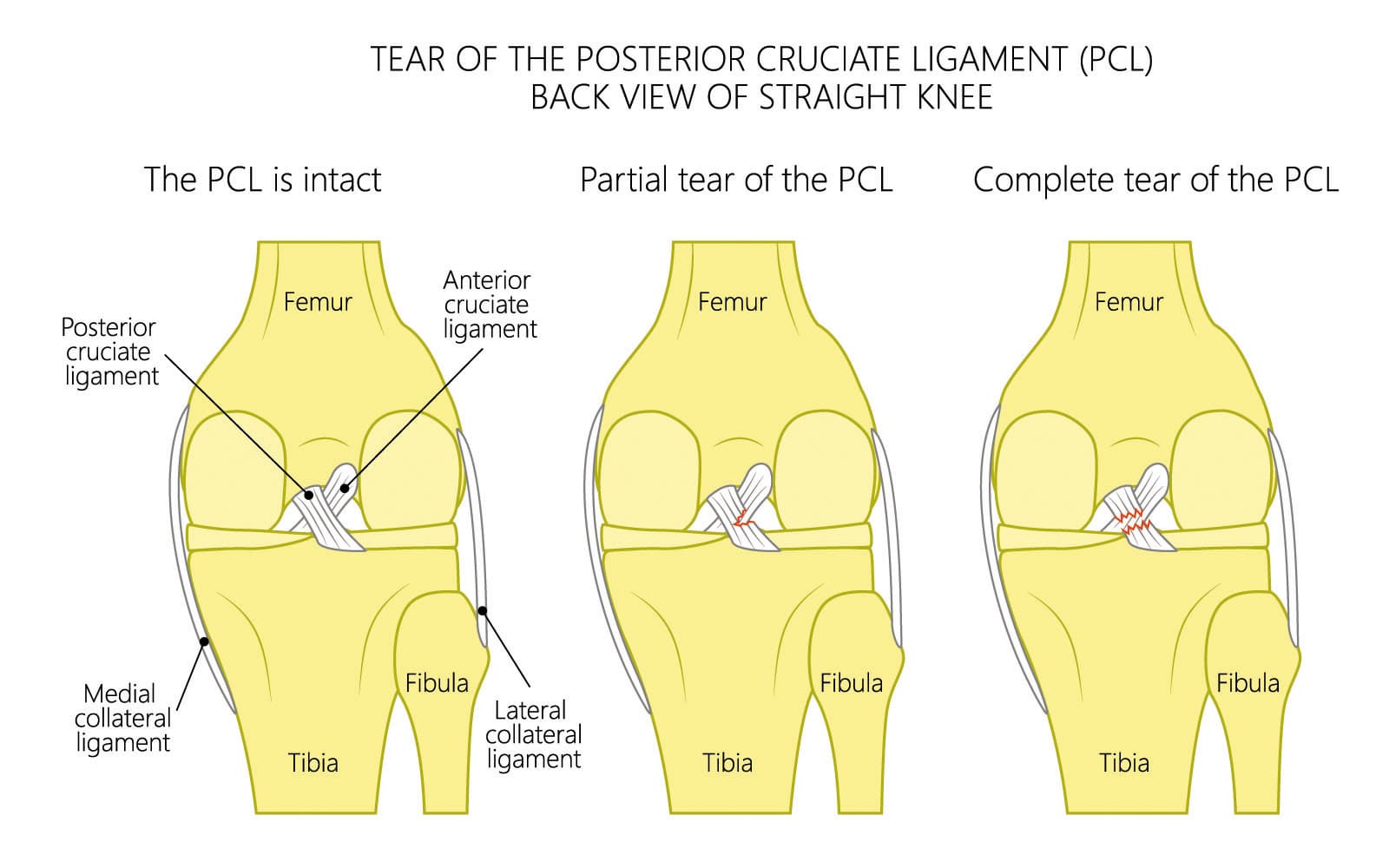
Understanding ACL Injuries
How do ACL injuries happen?
The anterior cruciate ligament (ACL) is one of the four major ligaments that stabilise the knee joint. It connects the thighbone (femur) to the shinbone (tibia) and keeps the knee stable during twisting, pivoting, or sudden stops.
An ACL injury refers to a sprain, partial tear, or complete rupture of this ligament. It most commonly occurs in sports that require:
- Quick changes in direction
- Sudden deceleration or stopping
- Jumping and landing awkwardly
- Physical contact, like in rugby or football
While some ACL injuries are mild and heal with physiotherapy, a complete rupture often requires surgery for those wanting to return to competitive sport.
What is ACL reconstruction surgery?
ACL reconstruction is a surgical procedure used when the ligament is fully torn. A completely ruptured ACL won’t heal properly on its own and can leave the knee unstable.
During surgery, the torn ligament is replaced with a graft – a tendon or ligament taken from another part of the body. Different grafting techniques are used depending on the patient’s needs and surgeon’s preference.
Non-surgical treatment can restore some knee function for day-to-day activities, but for athletes aiming to return to high-level sport, surgery plus rehabilitation is usually recommended.
ACL injury statistics
ACL injuries are surprisingly common in Australia:
- Nearly 200,000 ACL reconstructions were performed between 2000 and 2015
- 72% were sports-related
- Australian rules football, rugby, soccer, and netball carry the highest ACL injury risk
- The most affected age group is 15–24-year-old athletes, but ACL reconstructions among children aged 5–14 are rising
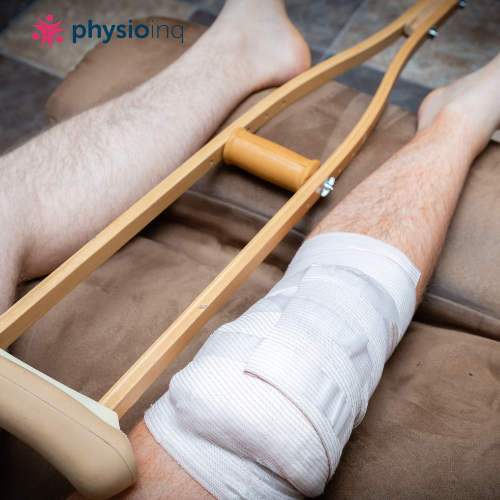
Pros and cons of ACL surgery
Should you have ACL surgery?
Choosing surgery depends on several factors, including age, activity level, and your desire to return to sport.
Potential benefits of ACL surgery:
- Restores knee stability
- Protects knee cartilage from further damage
- Improves long-term joint health
- Increases the chances of returning to competitive sport
Possible drawbacks or risks:
- Re-rupturing of the graft
- Knee stiffness or reduced mobility
- Infection after surgery
- Graft rejection
- Ongoing instability in some cases
Although ACL surgery can be very effective and successful, just like with any surgery, complications can occur and there are dangers involved. Before opting for surgery, speak to a physiotherapist and an orthopaedic surgeon to get a full breakdown of all of your non-surgical treatment options.
How long does it take to return to sport?
The timeline for returning to sport after ACL surgery varies. Key factors include the severity of the injury, your rehab progress, and your pre-surgical fitness level.
On average:
- Light activity may resume after 4–8 weeks, once range-of-motion is restored
- Strength and neuromuscular control take 4–6 months to rebuild
- High-intensity sports like rugby or soccer often require 9–12 months of structured rehabilitation
Even with surgery, returning to pre-injury sporting levels is not guaranteed. In fact, research in the British Journal of Sports Medicine found that only 55% of athletes return to their previous competitive level after ACL reconstruction.
Can physiotherapy and exercise physiology help recovery?
Absolutely. Physiotherapy plays a vital role before and after surgery. Prehabilitation improves muscle strength and joint control before surgery, which speeds up recovery afterwards.
Exercise physiologists also design targeted strength and balance programs to ensure:
- Safer movement patterns
- Reduced strain on the healing joint
- Improved overall knee function
Athletes who complete prehabilitation programs often progress through post-surgical rehab faster than those who don’t.
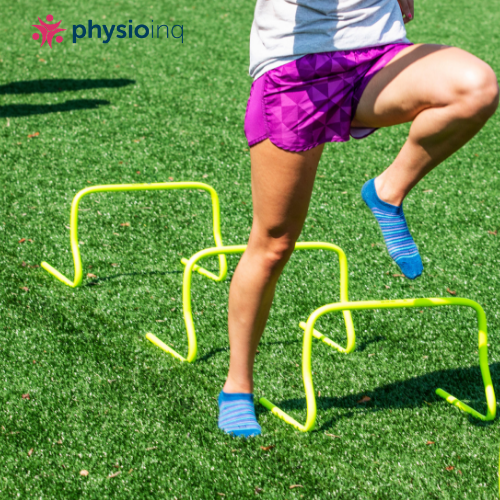
ACL Injury Prevention
The best way to manage an ACL injury is to prevent it in the first place. Sports involving quick changes in direction, jumping, or pivoting place high stress on the knee.
Evidence-based prevention programs combine:
- Dynamic warm-ups
- Strengthening for hamstrings and quadriceps
- Balance and agility drills
- Flexibility and mobility work
Programs like these can reduce ACL injuries by up to 51%, making them invaluable for youth athletes and those playing high-risk sports.
Unconventional training like yoga, plyometrics, and proprioceptive exercises has also been shown to lower injury risk by improving body awareness and control.
You can read more about ACL prevention strategies at Sports Medicine Australia – Injury Prevention.
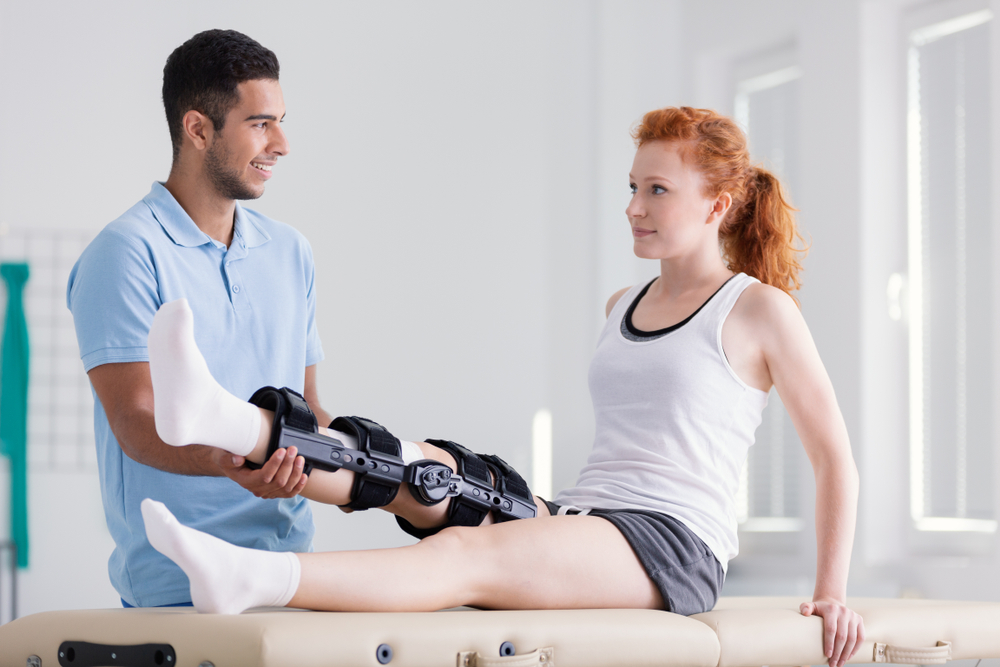
FAQs About Playing Sports After ACL Injury
Can you play sport without ACL surgery?
Some people can manage mild tears with physiotherapy alone, but for athletes in pivot-heavy sports, surgery is usually recommended for stability and long-term joint protection.
How soon can you play sports after ACL surgery?
For non-contact, low-impact sports, some athletes return within 6 months. However, most contact or pivoting sports require 9–12 months of structured rehab.
Will my knee be as strong as before?
With proper surgery and rehabilitation, many athletes regain strength and stability, but some may still experience reduced performance or confidence in the knee.
Can ACL tears lead to arthritis?
Yes. ACL injuries have been linked to a higher risk of degenerative joint diseases like osteoarthritis, which is why proper treatment and rehab are important.
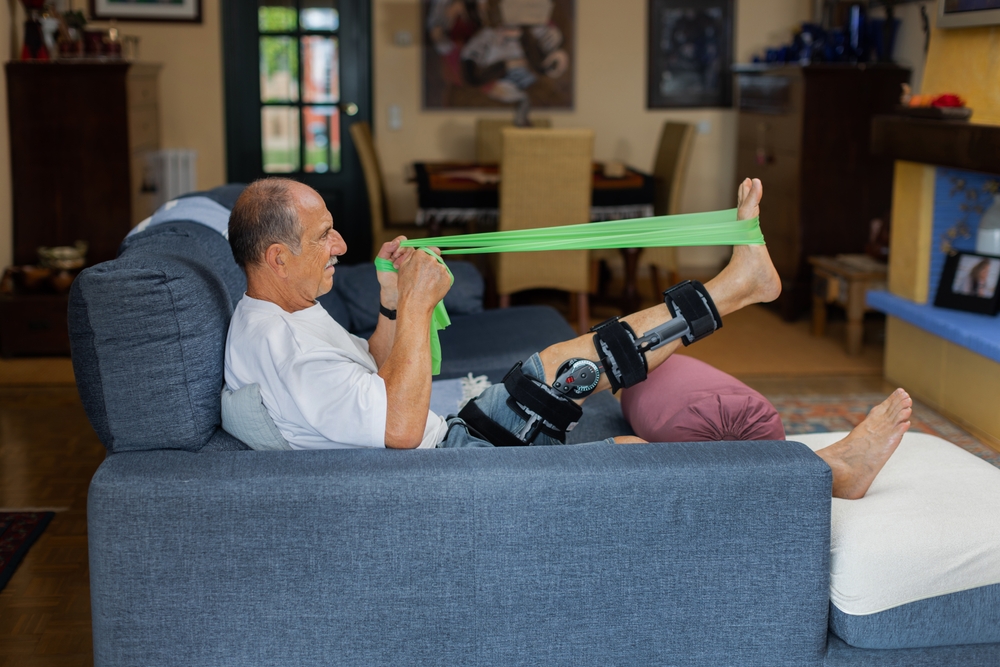
ACL injuries are serious but not the end of your sporting journey. Whether you choose surgery or conservative management, the right rehabilitation plan can restore knee stability and function.
However, returning to sport isn’t just about healing the ligament – it’s about regaining strength, balance, and confidence through structured physiotherapy and exercise physiology.
The best approach is to prevent ACL injuries in the first place with proper training and technique. If you’re already injured, working with an experienced physiotherapist will give you the best chance of a safe and successful return.
Next Step
If you’re recovering from an ACL injury or want to reduce your risk, book a session with one of our Sports Physiotherapists or Exercise Physiologists.
We’ll help you rebuild strength, improve stability, and return to sport with confidence
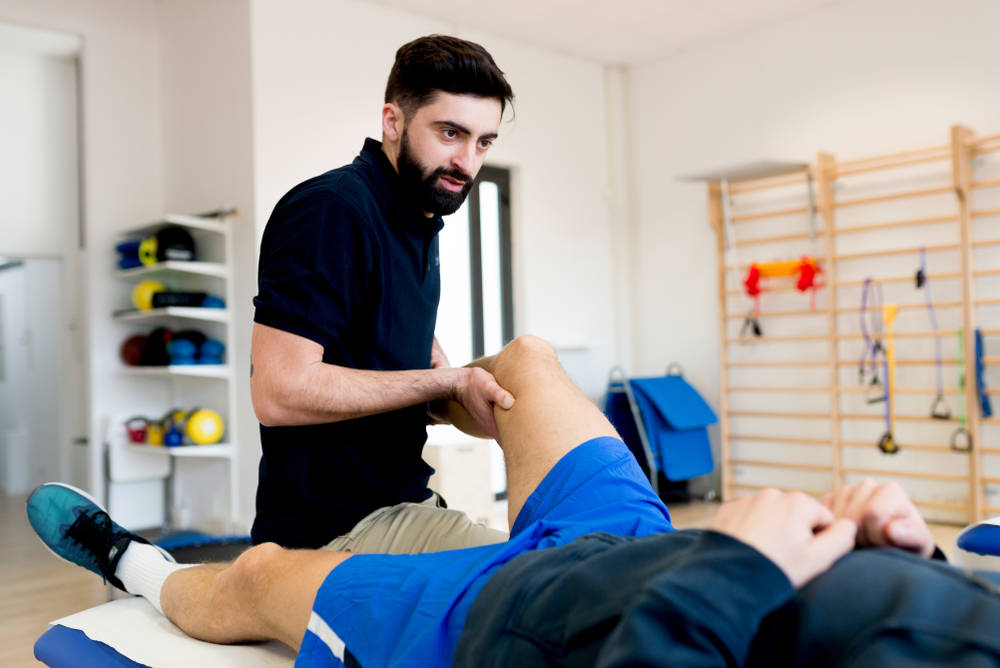
References below
[i] K.D. Shelbourne (Original study - 1994) Anterior ligament injury. The competitive… [Sports study]
[ii] O. Willis & T. Taylor (2018, Apr.22) ACL reconstructions up more than 70… [Blog post]
[iii] D Zbrojikiewicz... (2018, Apr.23) Increasing rates of anterior cruciate ligament… [Medical study]
[iv] Arthritis Australia… (2017) National Sports Plan Submission 2017 [PDF submission]
[v] G. Myklebust… (2005) Return to play guidelines after anterior cruciate ligament… [Medical study]
[vi] La Trobe University (2016, Sep.16) ACL injury - is surgery needed to return to… [Blog post]
[vii] J. Mehl… (2018) Evidence-based concepts for prevention of knee… [Medical study]
[viii] Stojanovic MD (2012) Preventing ACL injuries in team-sport athletes… [Medical review]
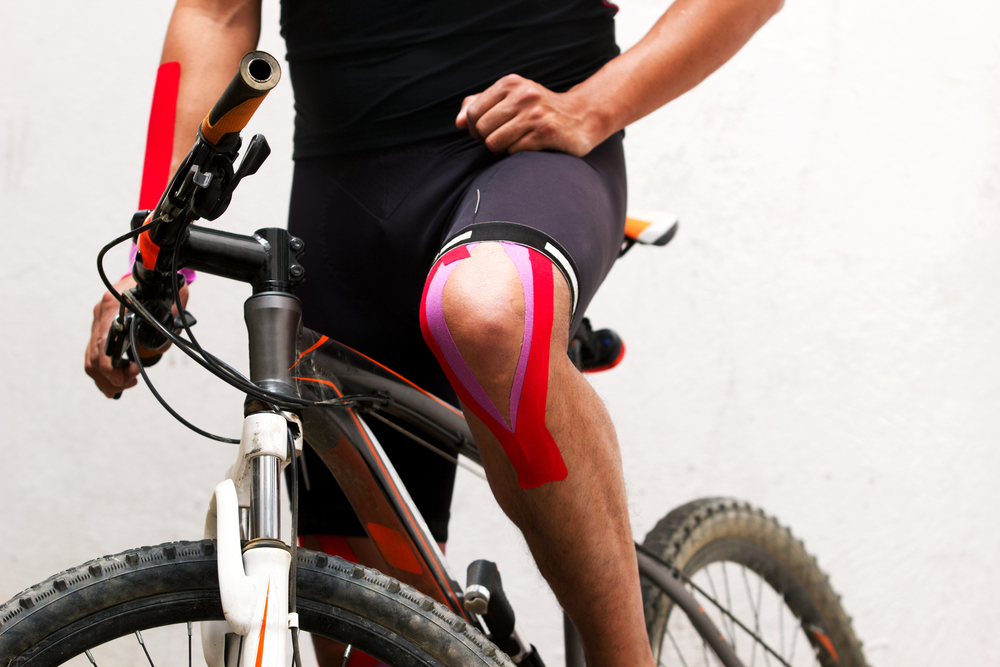
Date Published: Monday, April 1, 2019
Locate a Physiotherapy
Service Near me
Get the experience & convinence you deserve to support your or a loved one's allied health needs.
Our Physiotherapy team are currently serving & taking appointments in the following states and regions in Australia:
Need to get into direct contact with ur Client Services team? We're all ears. Call our team directly on 1300 731 733
